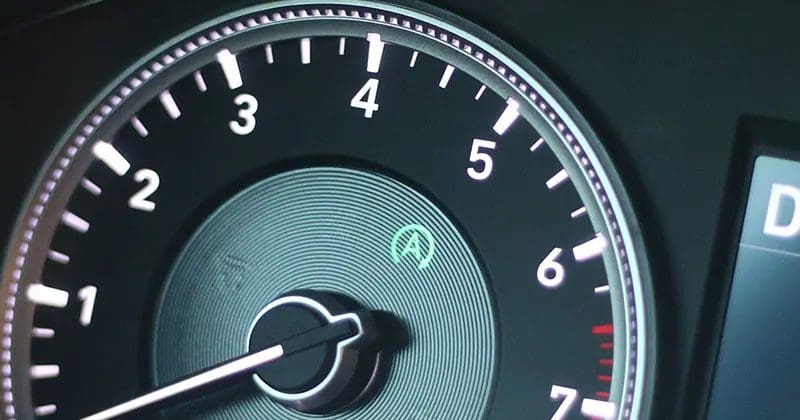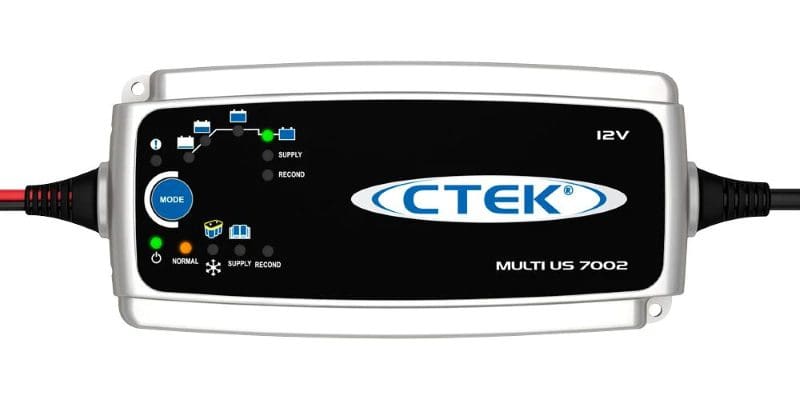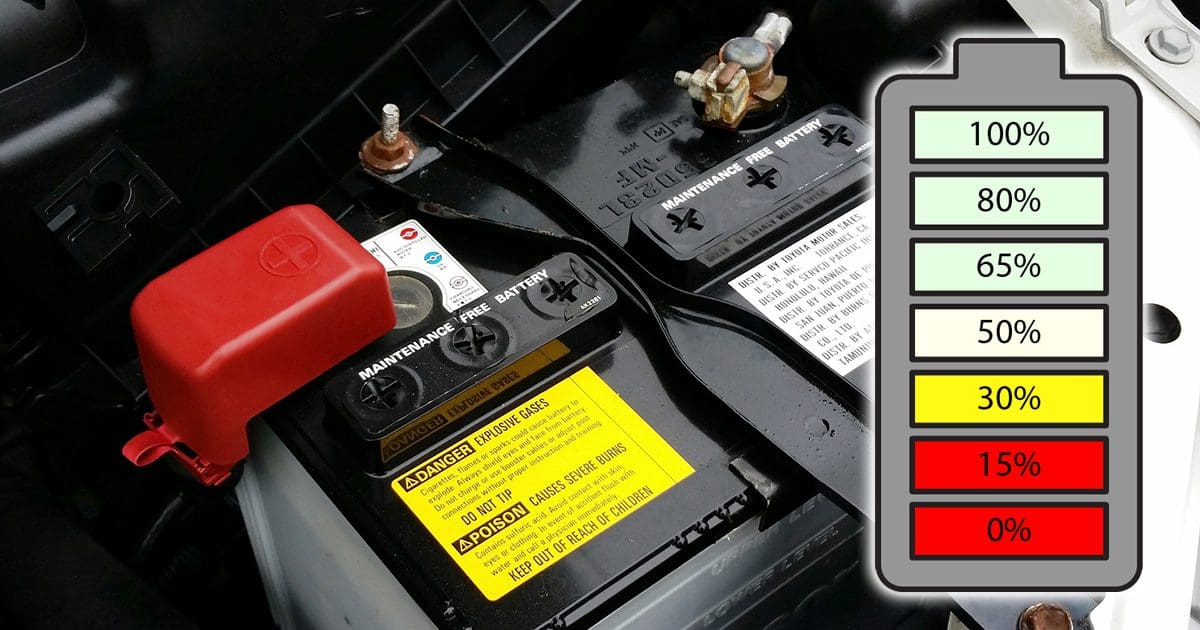Car batteries have a tough life. We expect them to provide hundreds of amps of current to the starter motor. Most of us only run the vehicle for 20 or 30 minutes before the cycle repeats. It’s a wonder how they survive more than a year or two. Let’s talk about why proper maintenance can extend a battery’s life, improve its performance and save you some money.
Vehicle Stop-Start Systems
Many new cars, trucks and SUVs include stop-start technology. These systems turn off the engine when you stop at a red light for more than a few seconds. In addition, these vehicles have a unique high-speed starting motor that dramatically reduces the fuel required to restart the engine compared with conventional starter systems. According to several sources, depending on where and how you drive, these systems can save you 4% to 10% over a vehicle that doesn’t have the technology. Now, the difference might not be significant if you speed all day on the freeway. However, the savings can be considerable and worthwhile if you’re roaming around the town or city, getting stuck at red lights.
Stop-start systems have a list of criteria to be met before the engine shuts down when you come to a stop. The first and most important item to be checked is battery voltage. If the battery is low, the engine won’t shut down. If the battery voltage is drained too low during the stopped period, the engine will restart. The engine and transmission must be fully warmed up before the system engages. In some vehicles, a minimum brake pedal pressure must be applied before the engine shuts down. Some systems also have a minimum distance that should be driven between stop-start events.
Battery voltage is easily the main thing that determines whether the stop-start system will engage. My wife drives a 2019 Hyundai Santa Fe with this automatic fuel-saving technology. With that said, it hasn’t worked for more than eight months. I figured a long drive would help, as most of our trips are, at best, across the city to drop our eldest off at work – a distance of only 5 miles each way. I recently drove to northern Ontario to pick up my mother-in-law, 275 miles each way. Even after 10 hours of driving over two days, the stop-start system didn’t work. I was about ready to take the vehicle to the dealer to have it checked when I remembered that I hadn’t charged the battery properly in quite a while.

Battery Reconditioning
About 10 years ago, I worked for a car audio distributor in southern Ontario. We were offering a line of audio-specific batteries. We wanted to ensure that our retailers always received products that were in excellent condition, so we bought a high-quality CTEK Multi US-7002 battery charger to keep everything fresh. We’d top up any battery that had been in the warehouse for more than two months.
I used the Recondition feature on the CTEK on the stock AGM battery in the Santa Fe one evening. The next time I drove the vehicle, the stop-start system started working once the vehicle had warmed up. The reconditioning undoes a condition called acid stratification. In the simplest of explanations, acid stratification is a breakdown of the electrolyte surrounding the lead plates in the battery. It separates into acid and water. The water at the top of the plates reduces the capacity of each cell. The Recondition mode stirs the acid and water together and revives the chemistry and functionality of the battery.
They say that the proof of the pudding is in the eating. For many months, the stop-start feature on the Santa Fe wasn’t working. Driving a long distance and hoping the alternator would charge the battery didn’t offer any benefit. Finally, a one-day “treatment” with a high-quality computerized charger restored the battery’s functionality and capacity. The process also has the battery ready to take on the cold winters we experience here in southern Ontario. Think about the damage that could occur if the top half of the battery (which could be mostly water) started to freeze when it’s -30 degrees out. The case could crack, the plates could shift and short-circuit, or connections could break. Think about the number of times you’ve heard people say their car’s battery wasn’t the same after it had died. Now you know why.

High-Power Car Audio Systems and Battery Condition
If you read the marketing information CTEK offers, you might notice that they recommend using the Recondition feature any time the battery has been drained completely or when there are signs that it’s not performing as well as it once did. If your headlights dim when the car’s audio system hits the big bass notes, that’s a prime example. CTEK also suggests using the feature once a year as preventive maintenance.
If you want your vehicle’s factory-installed or aftermarket accessories to function properly, you need the battery to be in the best condition. Not only will stop-start systems help save you money in reduced fuel expenses, but the alternator won’t have to work as hard to charge the battery. This will also save you fuel.
This article isn’t intended to be an advertisement for CTEK chargers. I own one and am very familiar with its capabilities. It has “saved” more than a dozen batteries from the recycling center over its life. It keeps our Santa Fe and my Genesis sedan ready and running reliably. Companies like NOCO, DeWalt and Schumacher also offer intelligent chargers that include reconditioning and desulfation modes that can restore battery chemistry. They cost about the same as a good consumer-grade replacement battery but can easily double the life of the batteries you already own. They are an excellent investment in keeping your vehicle operating optimally.

